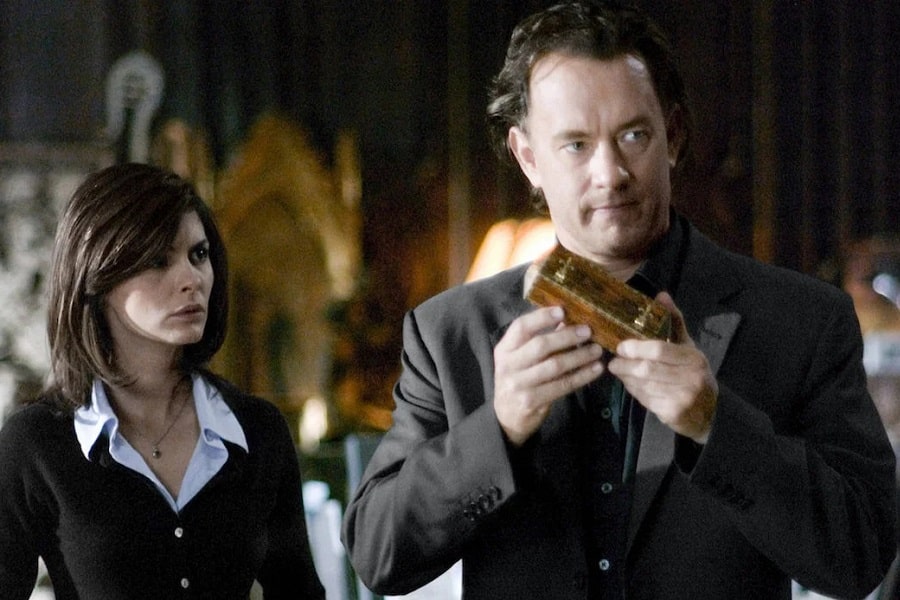
Cracking the Code
Cryptography and secret codes have fascinated readers and writers alike for centuries. These seemingly impenetrable puzzles tap into our innate desire to solve problems, unravel mysteries, and reveal hidden truths. Mystery fiction, a genre centered around uncovering secrets and solving puzzles, has long employed cryptography as a vital narrative element to entice and challenge its audience.
Here, we’ll delve into the history, significance, and popular examples of cryptography and secret codes in mystery fiction, illustrating how these enigmatic tools have shaped the genre and captivated readers’ imaginations.
A Brief History of Cryptography
Cryptography, the art of creating and deciphering secret messages, dates back to ancient civilizations. The first recorded use of cryptography can be traced back to the Egyptians, who used hieroglyphs to convey information. The Greeks and Romans also employed various encryption techniques, such as the Caesar cipher, which Julius Caesar used to encode his military communications.
Throughout the centuries, cryptography has played a crucial role in military strategy, espionage, and political intrigue. From the coded messages of Mary, Queen of Scots, to the Enigma machine used by the Nazis during World War II, secret codes have often held the key to victory or defeat.
Cryptography in Literature
The first known use of cryptography in literature dates back to the 9th century, with the Arabic text “The Book of Cryptographic Messages” by Al-Kindi. However, it wasn’t until the advent of the mystery genre in the 19th century that cryptography became a popular narrative device. With the rise of detective fiction, authors began to incorporate secret codes and ciphers into their stories, challenging readers to solve the puzzles alongside the protagonists.
The Appeal of Cryptography in Mystery Fiction
Cryptography’s appeal in mystery fiction is multifaceted. It enhances the suspense and intrigue of a story, keeping readers engaged and eager to unravel the secret. Additionally, it invites readers to participate in the narrative actively, allowing them to feel as if they are part of the investigation. This interactive element has contributed significantly to the popularity of cryptography in mystery fiction.
Moreover, cryptography highlights the intellect and skill of both the writer and the protagonist. By constructing intricate codes and puzzles, authors showcase their own cleverness and creativity. Meanwhile, the characters tasked with solving these riddles demonstrate their exceptional deductive abilities, earning admiration and respect from the audience.
Popular Examples of Cryptography in Mystery Fiction
“The Adventure of the Dancing Men” by Sir Arthur Conan Doyle
Sir Arthur Conan Doyle’s famous detective, Sherlock Holmes, encounters cryptography in several of his adventures. Perhaps the most well-known example is “The Adventure of the Dancing Men,” in which Holmes is asked to decipher a series of cryptic messages featuring stick-figure drawings. The simple yet confounding code ultimately leads Holmes to uncover a tale of jealousy, betrayal, and murder. This story highlights the importance of observation and logical deduction in solving cryptographic puzzles, traits that have become synonymous with the character of Sherlock Holmes.
“The Gold-Bug” by Edgar Allan Poe
Edgar Allan Poe, often considered the father of the modern mystery genre, was no stranger to cryptography. In his short story “The Gold-Bug,” the protagonist, William Legrand, discovers a piece of parchment with an encoded message. Using his knowledge of cryptography and a technique called frequency analysis, Legrand deciphers the message, leading to the discovery of a hidden treasure. The story showcases Poe’s fascination with cryptography and his influence on future mystery writers.
“The Da Vinci Code” by Dan Brown
Dan Brown’s international bestseller, “The Da Vinci Code,” is a prime example of how cryptography can be used to drive a modern mystery narrative. The protagonist, Robert Langdon, must unravel a series of complex codes and puzzles related to historical events, religious iconography, and art history to solve a murder and unearth a centuries-old secret. The novel’s intricate blend of cryptography, conspiracy theories, and historical facts captured the imagination of readers worldwide, making it one of the most successful mystery novels of the 21st century.
“The Code of the Woosters” by P.G. Wodehouse
Cryptography in mystery fiction is not limited to serious, suspenseful tales. In P.G. Wodehouse’s “The Code of the Woosters,” the lovable and bumbling Bertie Wooster and his faithful valet, Jeeves, find themselves embroiled in a farcical adventure involving a secret code. Wodehouse’s unique blend of humor, cryptography, and classic British wit demonstrates the versatility of secret codes as a narrative device.
“The Name of the Rose” by Umberto Eco
Umberto Eco’s historical mystery novel, “The Name of the Rose,” skillfully intertwines cryptography with medieval history, theology, and semiotics. Set in a 14th-century Italian monastery, the story follows Brother William of Baskerville as he investigates a series of mysterious deaths, which may be connected to a lost manuscript by Aristotle. The novel’s complex codes and ciphers, rooted in historical fact and religious symbolism, challenge both the protagonist and the reader to unravel the mystery.
The Future of Cryptography in Mystery Fiction
As technology continues to advance, so too does the potential for increasingly sophisticated and inventive cryptographic puzzles in mystery fiction. From the advent of digital encryption to the exploration of quantum cryptography, the genre is poised to evolve and adapt to new challenges and techniques.
One such development is the increasing popularity of alternate reality games (ARGs) and interactive fiction, which often incorporate cryptography and secret codes as part of their gameplay. These immersive experiences blur the line between fiction and reality, allowing players to engage with narratives in unprecedented ways.
Cryptography and secret codes have long been integral to the allure and intrigue of mystery fiction. From the early works of Edgar Allan Poe and Sir Arthur Conan Doyle to modern bestsellers like Dan Brown’s “The Da Vinci Code,” these enigmatic puzzles have captivated readers and fueled their imaginations. As technology advances and new narrative forms emerge, cryptography is set to continue its fascinating relationship with mystery fiction, challenging readers and protagonists alike to crack the code and uncover the truth.
More Mystery Features
Locked Room Mysteries
Unraveling the Enigma of Impossibility
Whodunnit Mysteries
The spine-tingling genre that keeps readers on the edge of their seats
Mysteries of the 1970s
A Golden Era for Mysteries



